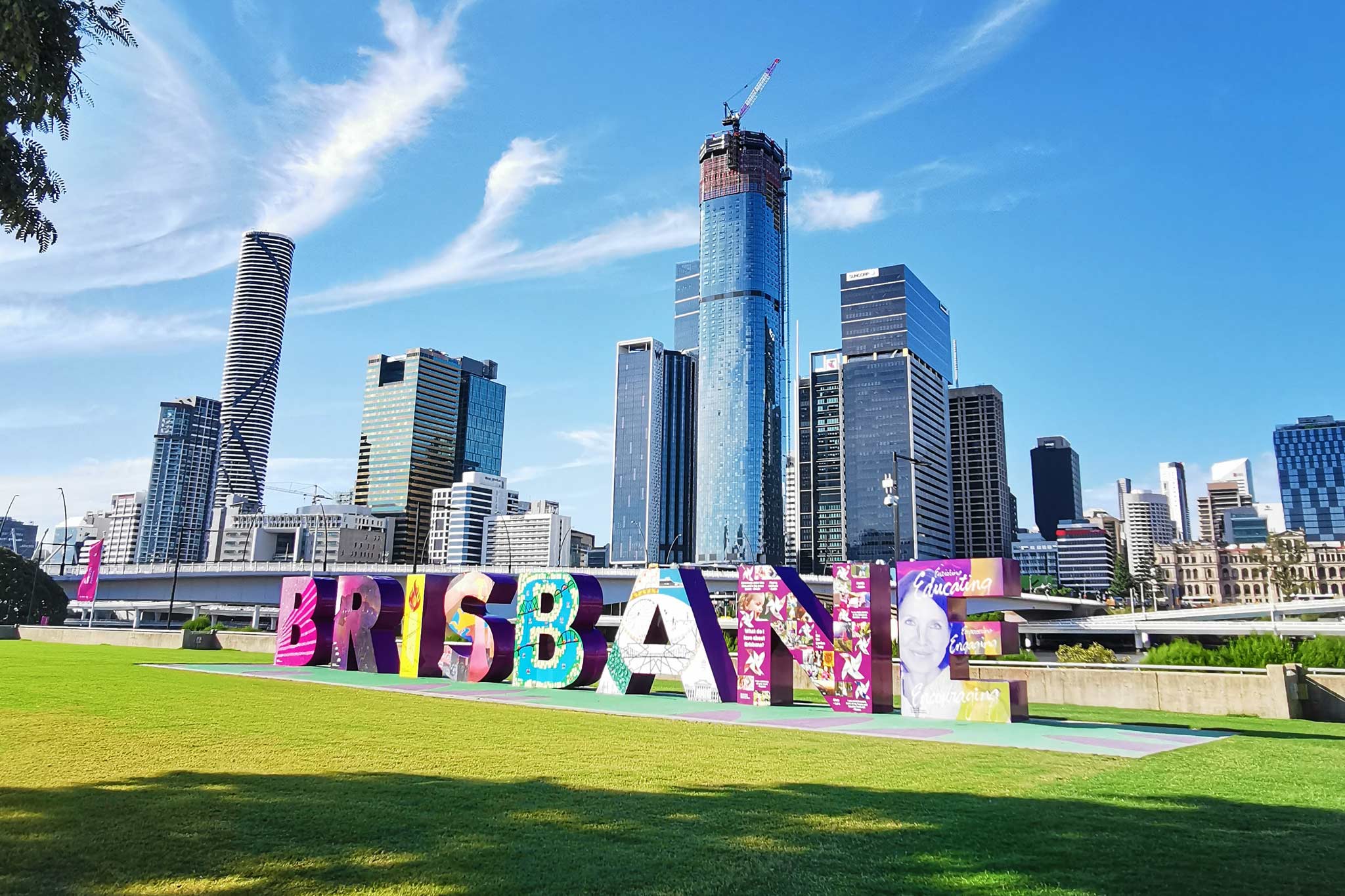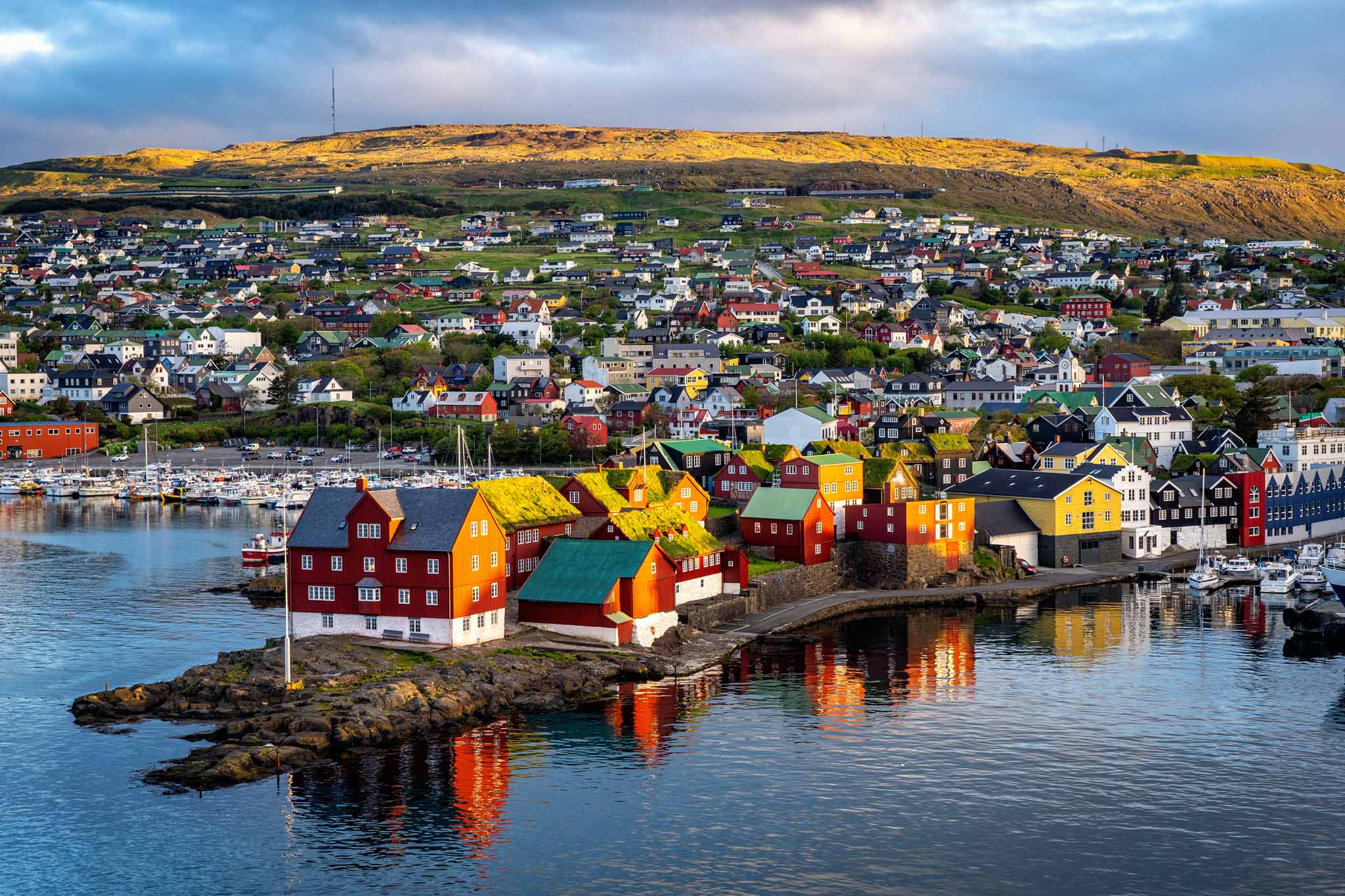Brisbane’s 2032 Olympics will face a new challenge beyond the logistics of delivering the world’s largest sporting event as it prepares to become the first Games to offset more carbon emissions than it produces. The Brisbane Games is contractually obliged to operate as “climate positive”, but how it achieves this is yet to be laid out. What is clear though is Brisbane must do more than simply minimising emissions by implementing “lasting zero carbon solutions,” according to the International Olympic Committee (IOC).
Among the proposals in the city’s winning bid was a pledge to aim for a “6-star Green Star” building rating on any new vertical infrastructure and use of existing infrastructure where possible such as the Gold Coast’s Carrara Stadium. Other proposals included maximising the use of public transport and using a predominantly electric-powered Games fleet on other occasions.
“Flights for the travel for all the delegates, for the athletes, for the spectators, there will be an option for people to purchase carbon offsets for those,” Associate Professor Judith Mair, from the University of Queensland’s business school, told the ABC.
The Queensland Government said any decision-making regarding the carbon positive goal will be made in collaboration with the IOC.
“Brisbane 2032 will embed climate positive through systems and governance to ensure emissions reduction and climate positive legacies are considered at all decision points across the lifecycle of the event,” a spokesperson for the Department of Premier and Cabinet said.
Dr. Cle-Anne Gabriel of University of Queensland said that whatever steps were taken would need to include a transformation of Brisbane itself.
“What’s going to happen in this process is we’ll start asking ourselves questions like what kind of city do we all want to live in here in Brisbane as residents?” Dr. Gabriel said. “What does a more sustainable city look like? A regenerative city? A more socially equitable city? I think this process is a much more important one for our development and growth than just the end goal of 2032 itself.”



